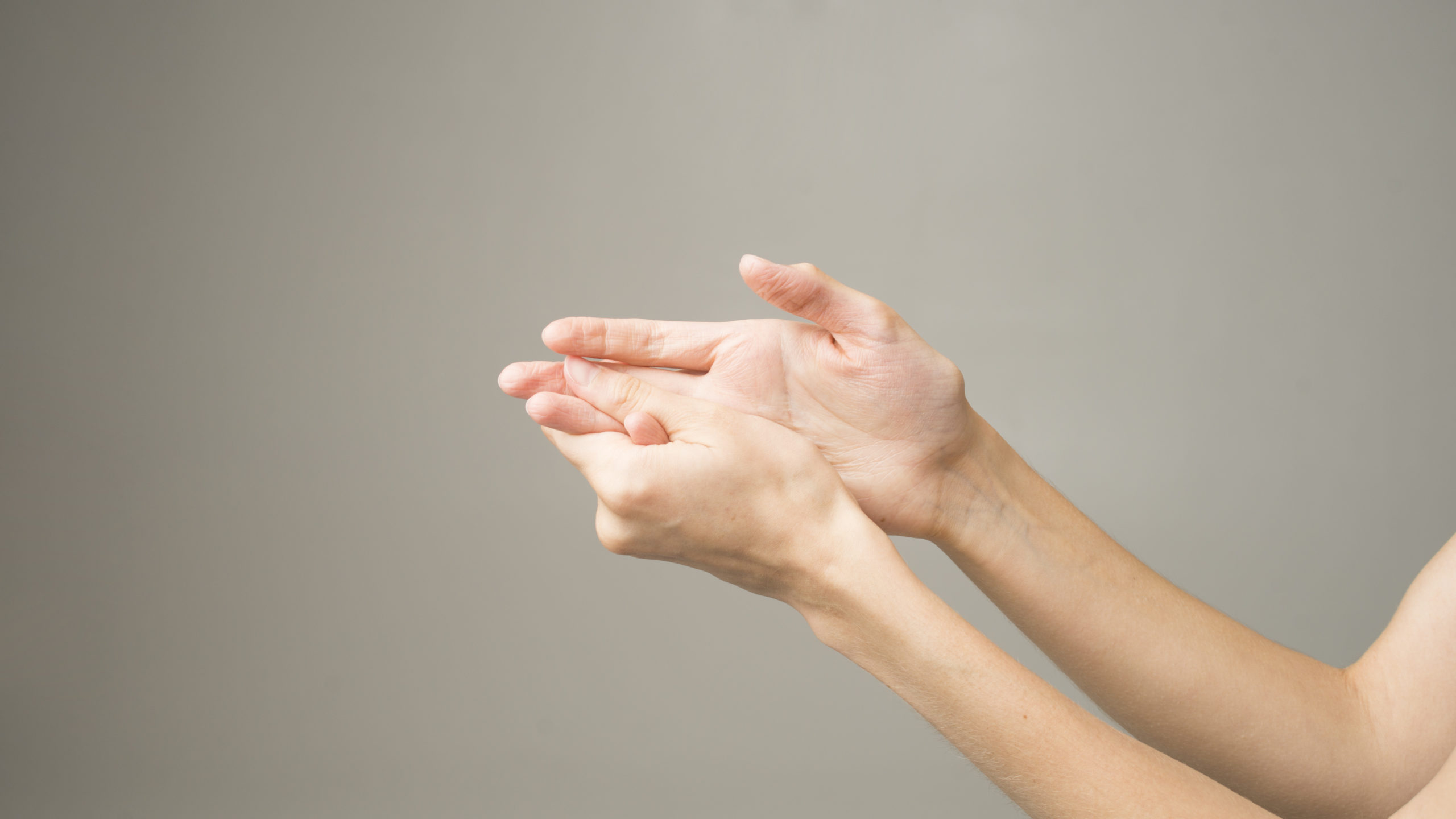
 Here we take a look at managing a dislocated finger including common causes for dislocation, prevention, common treatments and some simple exercises you can do at home.
Here we take a look at managing a dislocated finger including common causes for dislocation, prevention, common treatments and some simple exercises you can do at home.
Common causes
A dislocated finger often occurs when the finger is hyperextended. This happens regularly during ball sports where the ball hits the end of the finger and pulls it to the side or backwards.
The ligaments of each side of the finger joint (the collateral ligaments) and the ligament on the palmar side of the joint (the volar or palmar plate) provide stability to the joint. These tear or avulse with a piece of bone under stress and can result in a dislocation.
Common treatments
If your finger has dislocated, it is advisable you seek medical treatment to put the finger back into place – do not try to do this yourself!
Your hand therapist then can then help in providing a thermoplastic splint or buddy strapping to support the finger whilst it heals. Compression socks and garments can be required to help reduce swelling and pain.
Exercises and recovery
Exercises are an important part of the healing process. Scar tissue can develop in the healing ligaments which then restrict motion. Fixed flexion deformities (where the finger is stuck in a flexed position) can occur even up to 2 months post injury, so it’s important you check in with your hand therapist regularly so they can assess and monitor your finger and change exercises according to your needs.
Some common exercises include:

Prevention methods
In returning to sports when your finger may still be healing, buddy strapping or figure 8 taping might be appropriate to help protect your finger from re-injury.
If you have any questions regarding a dislocated finger and how you can help manage your injury, or wish to book an appointment, feel free to contact us here. We’d be more than happy to help!

